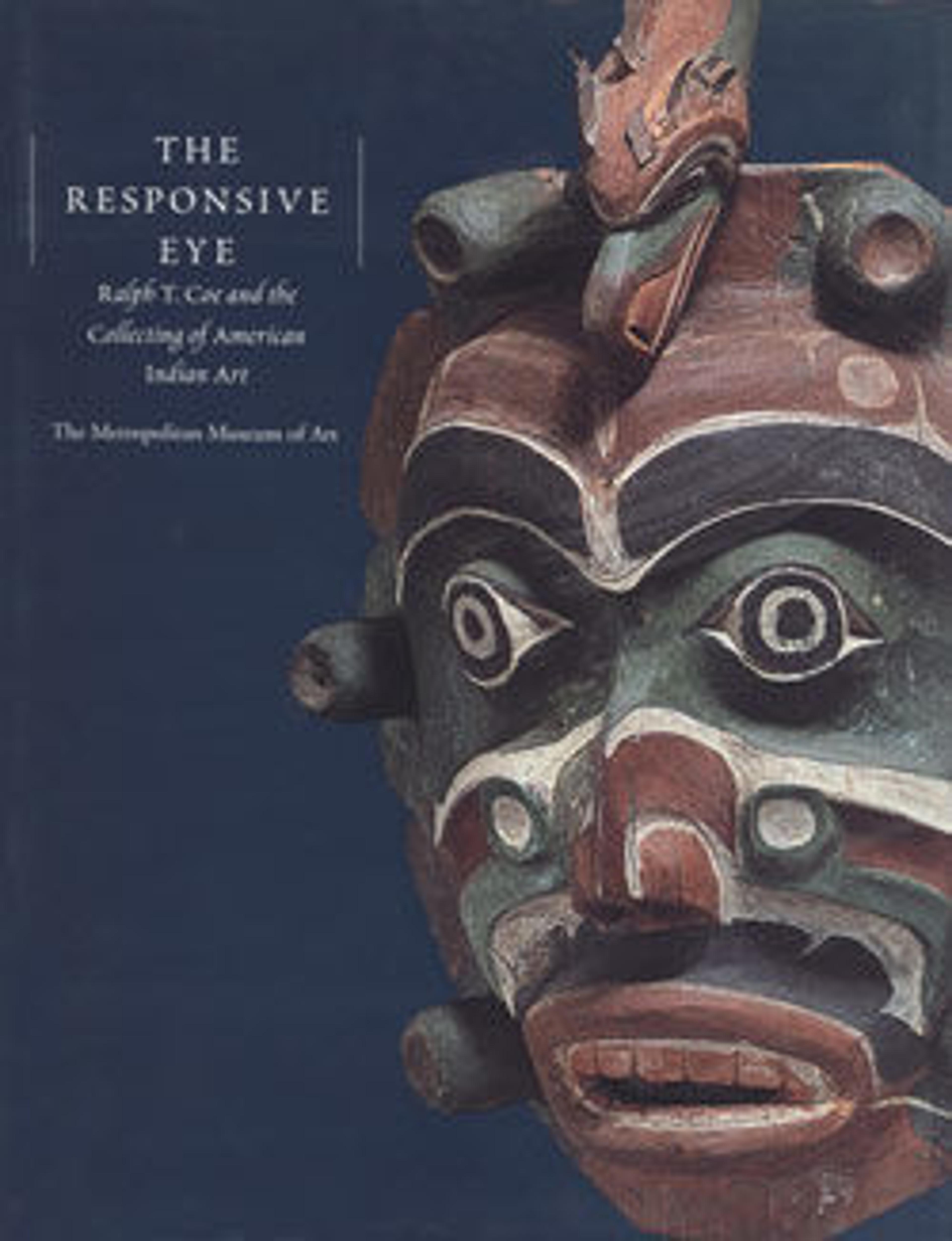Totem Pole Model
Model totem poles began to be carved in the Pacific Northwest in the mid-1860s, when full-sized totem poles were no longer being worked. Both wood and argillite, a black shale, were used for the model carvings, the bulk of which were made for sale to outsiders. The Native population had been decimated by smallpox earlier in the decade, and the continuance of full-scale local traditions was not possible in the aftermath. The imagery of the model poles-often similar to that of full-scale poles without directly reproducing it-is credited with providing a vehicle through which many artistic conventions were continued into the next generation. By the 1880s, the identity and artistic personality of individual carvers began to surface. One well-known sculptor, the Haida Charles Edenshaw (ca. 1839-1920) of Haida Gwaii (Queen Charlotte Islands), was prolific in the carving of argillite model poles. They comprise a significant body of his work.
Artwork Details
- Title: Totem Pole Model
- Artist: Charles Edenshaw (First Nation, Haida, 1839–1920)
- Date: ca. 1885
- Geography: Object place British Columbia, Canada
- Culture: Haida
- Medium: Argillite
- Dimensions: H. 26 1/4 x W. 4 5/8 in. (66.7 x 11.7 cm)
- Credit Line: Ralph T. Coe Collection, Gift of Ralph T. Coe Foundation for the Arts, 2011
- Object Number: 2011.154.23
- Curatorial Department: The American Wing
More Artwork
Research Resources
The Met provides unparalleled resources for research and welcomes an international community of students and scholars. The Met's Open Access API is where creators and researchers can connect to the The Met collection. Open Access data and public domain images are available for unrestricted commercial and noncommercial use without permission or fee.
To request images under copyright and other restrictions, please use this Image Request form.
Feedback
We continue to research and examine historical and cultural context for objects in The Met collection. If you have comments or questions about this object record, please complete and submit this form. The Museum looks forward to receiving your comments.
